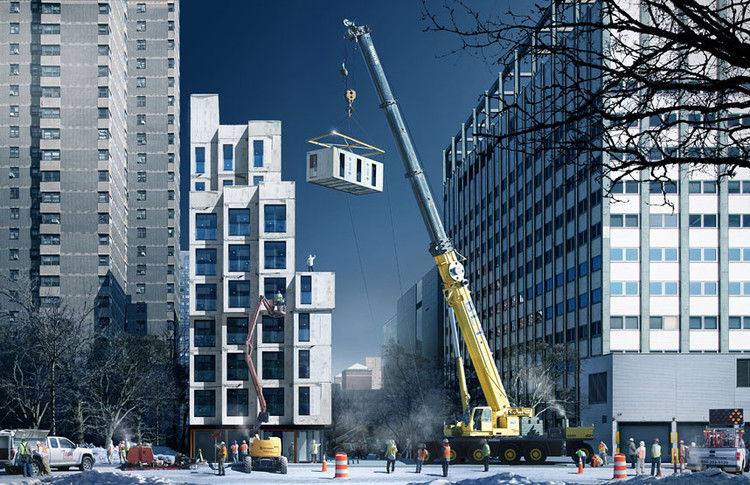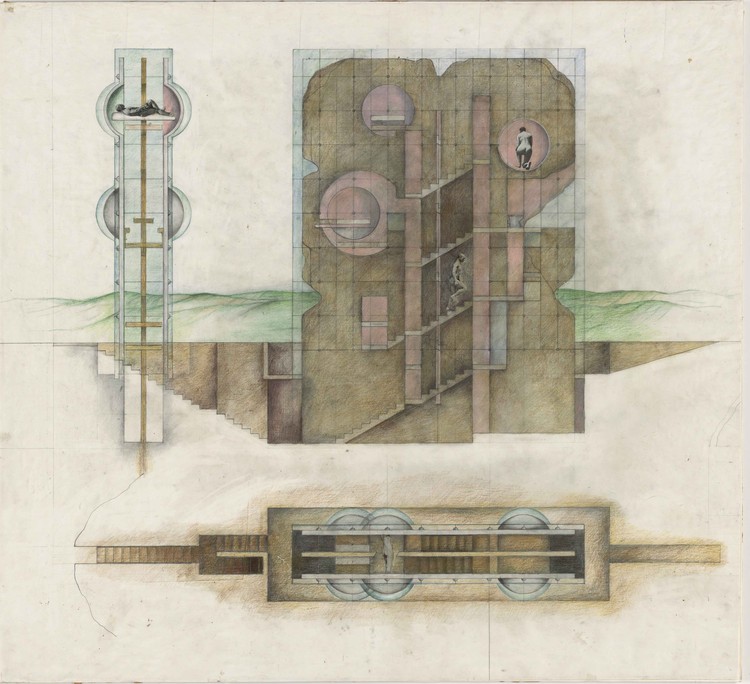
Becoming "the Sistine Chapel of Food" required a lot of invisible hard work. As Rotterdam's Markthal turns one year old, MVRDV's Head of Public Relations and Business Development Jan Knikker reflects on how the PR and media hype around Markthal Rotterdam was organized. This article is also supplemented by an interview conducted by ArchDaily with Winy Maas and Jan Knikker, which connects the parallel lines of the building's design and its PR campaign.
If I say that this is a PR story will you believe a single word? Markthal Rotterdam is a PR story with astonishing results: since its opening by queen Maxima in October 2014, our office MVRDV has nearly doubled in size to 110 staff members and it’s still growing. We - and The Financial Times - call it the “Markthal Effect”. In the first year the building reached over 8 million visitors, more than the Eiffel Tower, Bilbao Guggenheim or Tate Modern. 800 articles were published worldwide. It was hailed as a Sistine Chapel for food, a symbol of urban renaissance, a cool place to go. With the roughly 4 million visitors that came from outside of Rotterdam, the city saw its tourism grow.
How did that happen? It would be an easy assumption to think that a great building naturally attracts this kind of attention. But it all started quietly. In 2004 developer Provast and MVRDV won the competition with a plan that resembles the current design, except with one big difference: the colorful art piece which brightens up the inside of Markthal was at that stage also all over the outside facade. In any other city that would have lead to an instant protest movement against the zeppelin hangar covered in a gigantic fruit wallpaper. But not in Rotterdam. Public awareness started only once the construction became noisy.



































.jpg?1442491726)




















